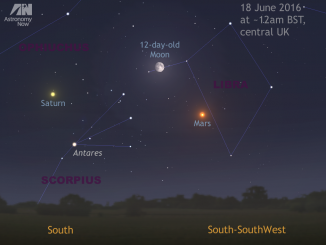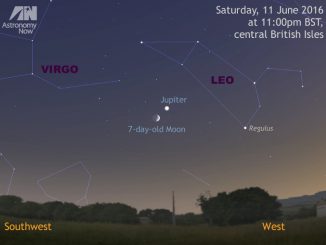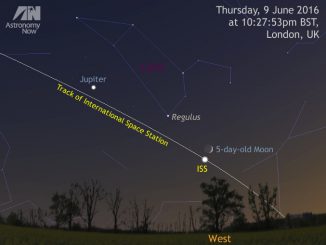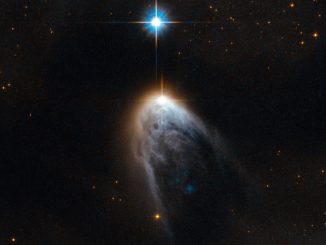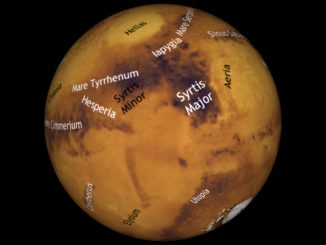
Find Pluto close to naked-eye star π Sagittarii (Albaldah) in late June
In the latter part of June, Pluto is best seen low in the southern UK sky around 2am local time and reaches opposition on 7 July. The dwarf planet passes less than 1/20th of a degree south of naked-eye star pi (π) Sagittarii on 26—27 June in the deep twilight of the UK, but Southern Hemisphere observers will have the best views.



